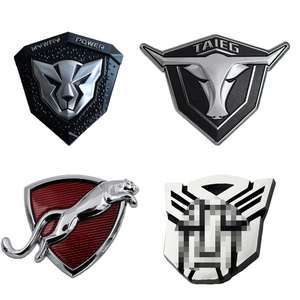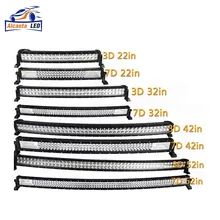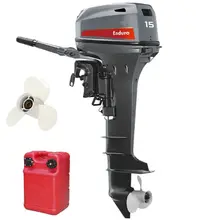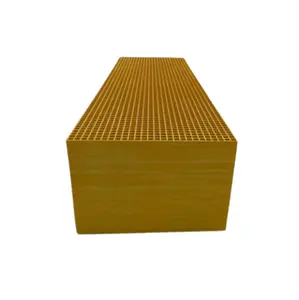Exploring Car Grille Materials
The car grille material serves as a pivotal component in vehicle design and functionality. It's not just an aesthetic feature; it plays a crucial role in engine cooling and protection. This introduction delves into the various aspects of grille materials used in the automotive industry.
Types and Applications
Different vehicles require distinct types of grille mesh material. From the robust automotive grill material used in trucks to the delicate custom car grill material found in luxury cars, each serves its purpose. The application of these materials extends beyond mere functionality; they contribute to the vehicle's identity and can influence buyer preferences.
Material Features and Advantages
The choice of car grill material impacts durability and performance. Materials range from high-grade plastics to metals like aluminum and stainless steel, each offering unique benefits. Metal grilles, for instance, provide superior strength and resistance to impact, while plastic grilles offer cost-effectiveness and flexibility in design.
Design and Aesthetics
Aesthetics play a significant role in the selection of auto grill material. The design of the grille can transform the front profile of a vehicle, giving it a sleek and distinctive look. Custom auto grill material allows for personalization, catering to those seeking a unique appearance for their vehicle, such as a hot rod grill material for a classic customization.
Functionality Beyond Appearance
While the visual appeal of automotive grille mesh material is undeniable, its functionality is paramount. The grille's primary purpose is to allow air flow to the engine, aiding in cooling and preventing overheating. It also acts as a first line of defense against road debris, protecting vital engine components.
Choosing the Right Material
Selecting the appropriate car grille material is essential for both manufacturers and consumers. It requires a balance between aesthetic preferences, functional requirements, and durability expectations. The material should complement the vehicle's design while ensuring it meets performance standards.










































 浙公网安备 33010002000092号
浙公网安备 33010002000092号 浙B2-20120091-4
浙B2-20120091-4